"It was made in 1928-29 and, when shown to the public, attracted so many people, that Thanet were able to give a large sum to charity. Incidentally, the film cost over £100 to produce. The mere thought of this will give the average club treasurer a pain in his wallet" (Anon 1935, 35).
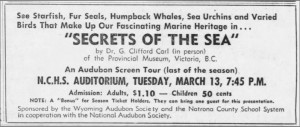
"Marine and seashore life on the Pacific coast. Includes: tidal plants, crustaceans, fish; oolichan fishery and its importance; seabirds of Triangle Island and Queen Charlotte Islands; seals and seabirds on the Pribilof Islands, etc. Also footage of Victoria Inner Harbour area, houses and gardens." (BC Archives)
Compiled from Clifford Carl's BC Provincial Museum films for use on an Audobon Screen Tour. Appears to have been revised in 1959.
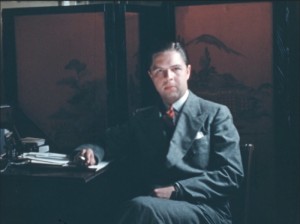
A woman is tempted with thoughts of another man after her husband disappoints her on their anniversary. Will she follow through with the act, or will she remain faithful to her husband?
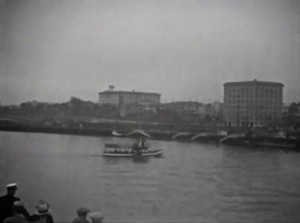
"Footage of various places in Southern California and Mexico." Archive.org
"Seeing Switzerland by R. D. Charlton from Alexandra Headland, Queensland, Australia. Roy has been a winner in past PSA competitions and Switzerland's beauty combined with his film making talents emerged in another winning entry this year. This 9-minute 8mm film was awarded a Ten Best Medal and the Foreign Film Award" PSA Journal, Nov. 1970, 38.
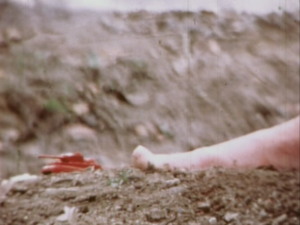
" La segunda primera matriz narraba visual y poéticamente una historia de la humanidad, desde el origen hasta la carrera espacial, como una nueva frontera. En una primera sección, entre tomas de nubes, remolinos y oscuridad, hacía referencia al origen de la vida. (...) Después del lanzamiento del cohete y de las imágenes sobre la exploración del espacio, se ve a una mujer desnuda en el campo. La cámara hace un lento tilt down recorriendo su cuerpo. Al pasar por el pubis sigue a una gota de sangre que comienza a deslizarse por la pierna. Cuando llega al suelo aparece un desfile de tanques de guerra en miniatura, rojos, como los que se habían mostrado anteriormente en la película. La película termina con un cartel que dice 'Pero también se puede parir la nada' " (Vázquez Mantecón, 2012).
La segunda primera matriz [The second first womb] told visually and poetically a story about humanity, from its origin to the Space Race, as a new frontier. In a first section, amongst shots of clouds, swirls and darkness, it referred to the origin of life. (...) After the launch of a rocket and images about exploring space, the film shows a woman naked in the country. The camera makes a slow tilt down of her body. When passing by the pubis, the camera follows a drop of blood that slides by the leg. When it reaches the floor, a parade of miniature war tanks appear, red, like the ones previously shown. The film ends with a sign that says 'But you can also give birth to nothing' " (Vázquez Mantecón, 2012).
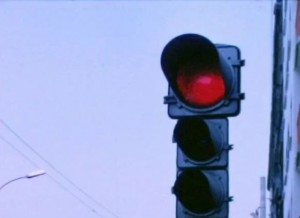
Filme experimental en el que sobre una imagen fija de un semáforo, el sonido es el principal protagonista.
Experimental film in which sound is the main protagonist over a fix image of a traffic light.
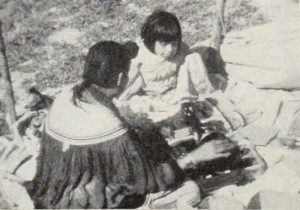
"Florida's colorful Seminole Indians, who never have taken kindly to the white man's rule, generally are no more responsive to visiting filmers. Thus it is a rare and rewarding pleasure when an understanding amateur cameraman gains both their confidence and their cooperation. Such is the stimulating accomplishment of Elmer W. Albinson in his picture called simply Seminole Indians. Among the film's outstanding achievements are its detailed studies of the Indians' arts and crafts, its exceptional work in ultra closeups, and its pictorial probing of the Indian character and customs. An extraordinarily good musical score enhances the appeal of this informative ethnic documentary. The picture needs, however, a somewhat stronger ending, the present one impressing these reviewers as artistically indecisive." Movie Makers, Dec. 1950, 466.
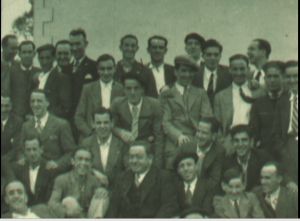
La historia del músico Alfredo Donnay y la inspiración que lo llevó a componer diferentes canciones a lo largo de su vida. El filme hace un recorrido por el territorio de Vitoria y sus alrededores mientras conocemos sus fuentes de inspiración para las letras y melodías.
The film tells the story of musician Alfredo Donnay and how he was inspired to compose several songs throughout his life. A tour of Vitoria and its surroundings is made as we get to know the sources of inspiration for his lyrics and music.
Total Pages: 299